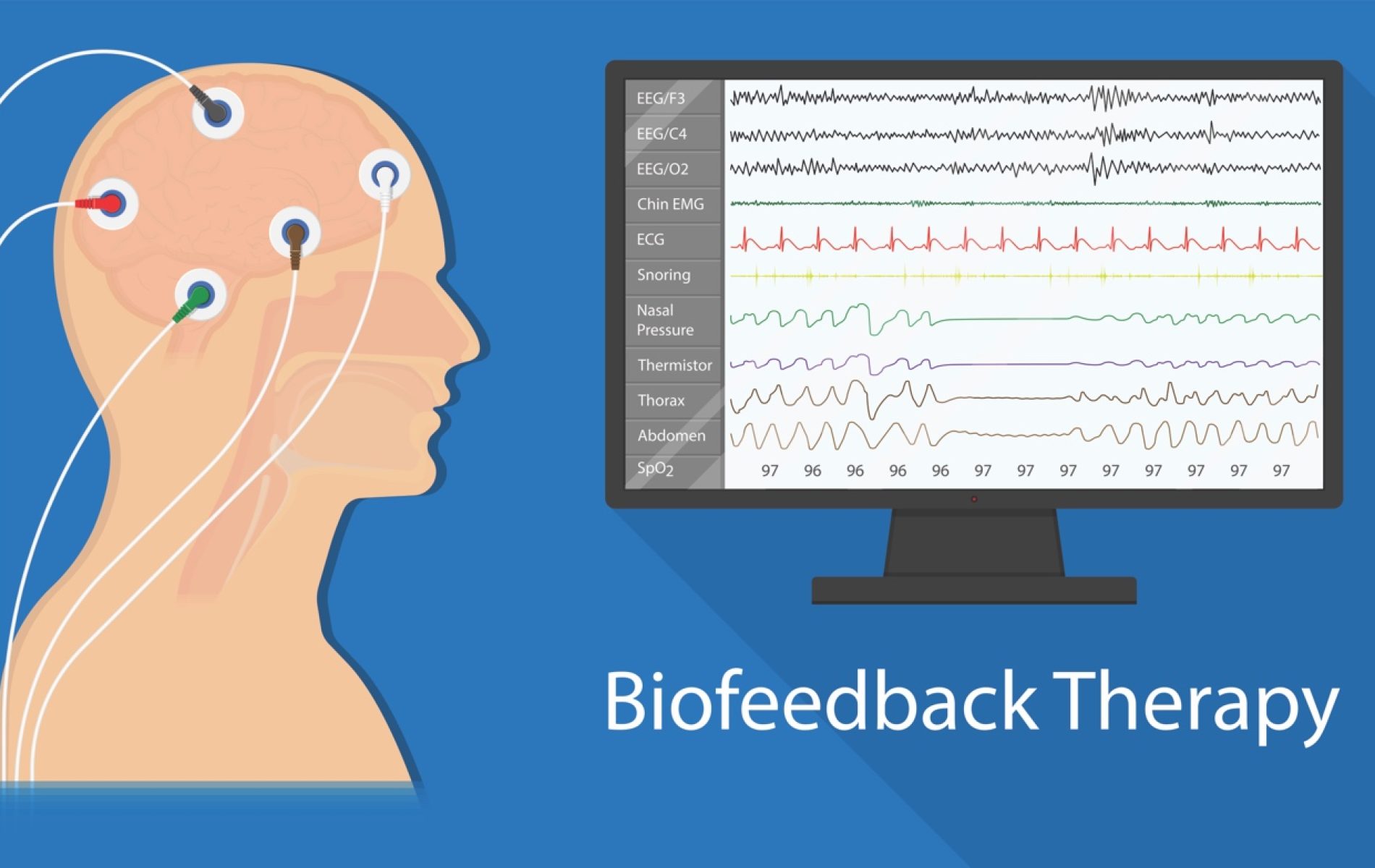If you could choose to have a bigger, higher functioning brain, would you? While it will never be possible for you to achieve a brain size that resembles that of the villain Megamind, it would be possible for you to promote slight growth in specific brain regions. Take a moment to think of all of the things that you could achieve with a larger brain. Have you ever wanted to learn a language? With a larger brain, it would not only be possible for you to learn that language but perhaps learn it at a faster rate. Do you occasionally experience “tip of the tongue” syndrome during a conversation or simply can’t communicate as efficiently and effectively as you would like? With a larger brain, you may be able to have more concise and meaningful conversations. At this moment, you may feel as though your brain is not operating as well as you would like. The good news is, there is a solution for that.
How Brain Growth Happens
Before we dive into the ways you can grow your brain, you should understand how it happens. Yes, I could simply hand over the recipe for a bigger brain and say no more, but all of us at Neurogrow want to encourage you to challenge yourself, learn something new, and question why and how something happens (psst…learning equates to growing!). So, without further ado, let’s take a dive into what we at Neurogrow like to call the “Core Four.”
1. Adding and Strengthening Synapses
You may be asking yourself, what is a synapse? Well, the brain consists of about 100 billion neurons. These are cells that enable you to make decisions – such as deciding to click on this blog – or do activities such as driving a car or picking up a pencil. Now, between these neurons are junctions, gaps that chemical messages diffuse across to communicate with neighboring neurons. As you practice a particular skill, your brain sends messages down the axons (let’s call them highways ) of neurons and across these synapses to other neurons, enabling you to perform the skill. The more you practice, the stronger the synapses become. When you learn a new skill, your brain forms new synapses through a process called synaptogenesis. So, not only can you strengthen the synapses you have, but you can form new ones!

2. Supporting the Brain’s Highways
Different regions of the brain communicate with one another through a network of neurons. The efficiency and strength of this communication depend on how many synapses there are between neurons and how well myelinated the neurons are. What is myelin, you ask? Well, wrapped around the highway of a neuron (i.e., axon) is something called myelin sheath, a fatty coat whose purpose is to help messages move down the highway faster. If poorly myelinated or not myelinated at all, your neurons must expend more energy to send messages down the highway and across the synapse. Additionally, a lack of myelin may cause leakage, meaning that some messages may never be delivered! So, the more highways you create, and the more myelinated they are, the bigger your brain will become.

3. Aiding and Adding Blood Vessels
Did you know that a third of the brain is comprised of blood vessels (Fotuhi, 2013)?! Yes, the brain is equipped with and fed by a system of blood vessels that carries oxygen to cells. For the brain to function properly and grow, this system needs to be in tip-top shape. If blood flow through the system is clogged or reduced, neurons can’t perform well. Some neurons may not grow, others may even die. Similar to how we want to strengthen existing synapses and create new ones, we also want to ensure optimal functioning of existing blood vessels and create new ones through angiogenesis.

Last but not least,
4. Forming New Neurons
You know that the brain develops new neurons from infancy to childhood. This, in addition to synaptogenesis, angiogenesis, and myelination of highways is what enables a baby to learn to smile or walk. What you possibly did not know is that the formation of new neurons, otherwise known as neurogenesis, can happen in adulthood! Incredible, right? Yes, research conducted in the late 90s demonstrated that new neurons can grow in adult brains, at any age (Fotuhi, 2013).

Now that you know the four ways to grow a bigger brain, you likely want to know how you can achieve it. Well, have no fear, you will find the answers below.
How to Grow Your Brain:
To promote synaptogenesis:
– Learn a new skill. Be it juggling, studying a language, or learning to cook, doing something new is what you need to do.
– Practice an old skill. If you used to play guitar, pick it back up! Practice makes perfect…and will lead to stronger synapses.
To bolster the brain’s highways:
– Take fish oil pills. Fatty acids (Omega 3’s) promote myelin expression. If you and your wallet frown at the idea of eating salmon daily, take the Omega-3 supplements. Your brain will thank you for it.
– Grab the walnuts instead of the chips. Walnuts are high in Omega-3’s!
To promote angiogenesis:
– Exercise. Be it water aerobics, Zumba, or good ol’ running and weightlifting, adding exercise to your routine is critical. Vigorous exercise has been shown to promote angiogenesis and boost the production of brain fertilizer.
To promote neurogenesis:
– Do all the above.
Good luck on your adventure to building a bigger brain. If you have specific questions or would like to learn how we at Neurogrow help you to mend and grow your brain, please check out Dr. Fotuhi’s Brain Fitness Program at NeuroGrow.com.
This blog was written by Brianna Sirkis and edited by Dr. Majid Fotuhi.



